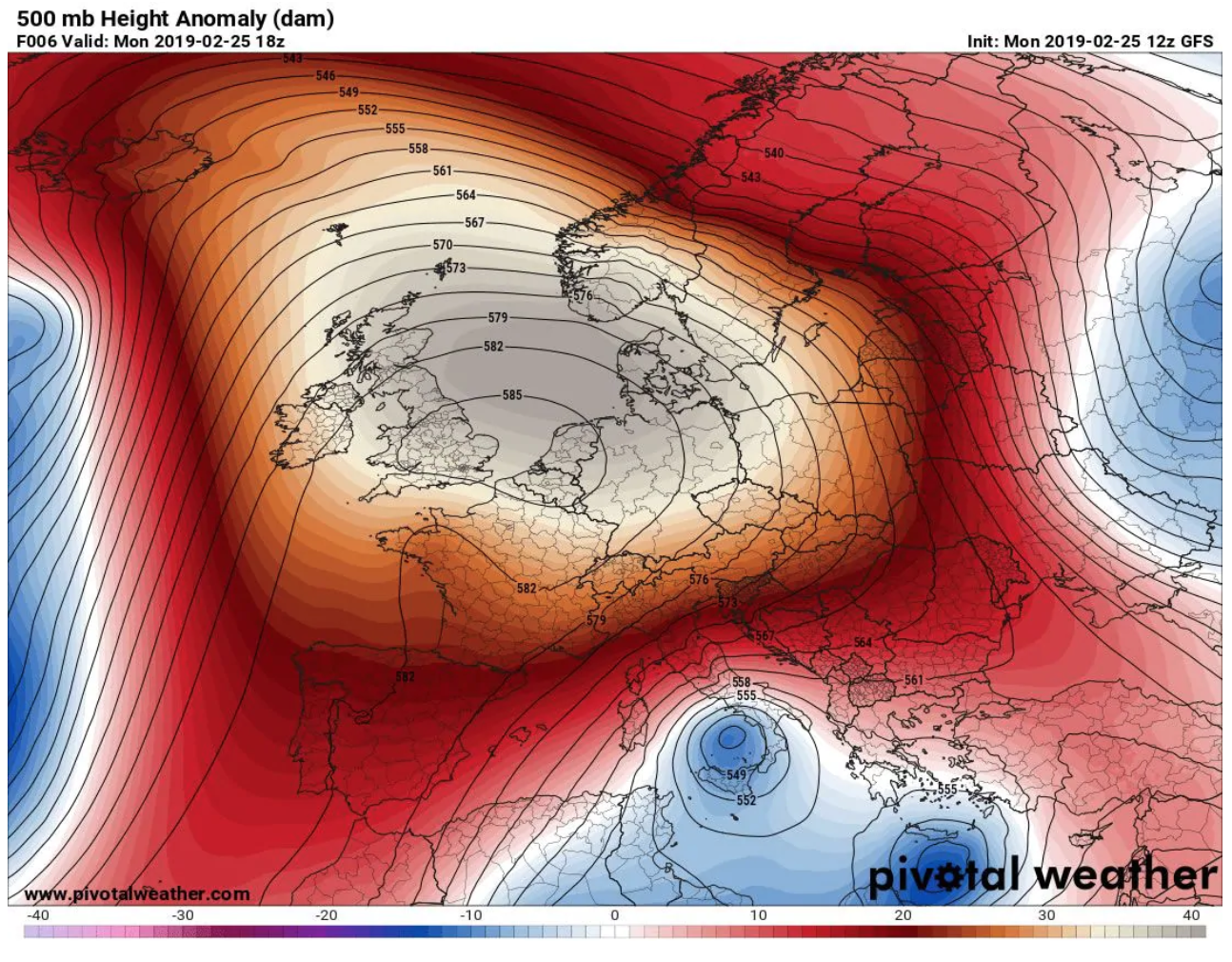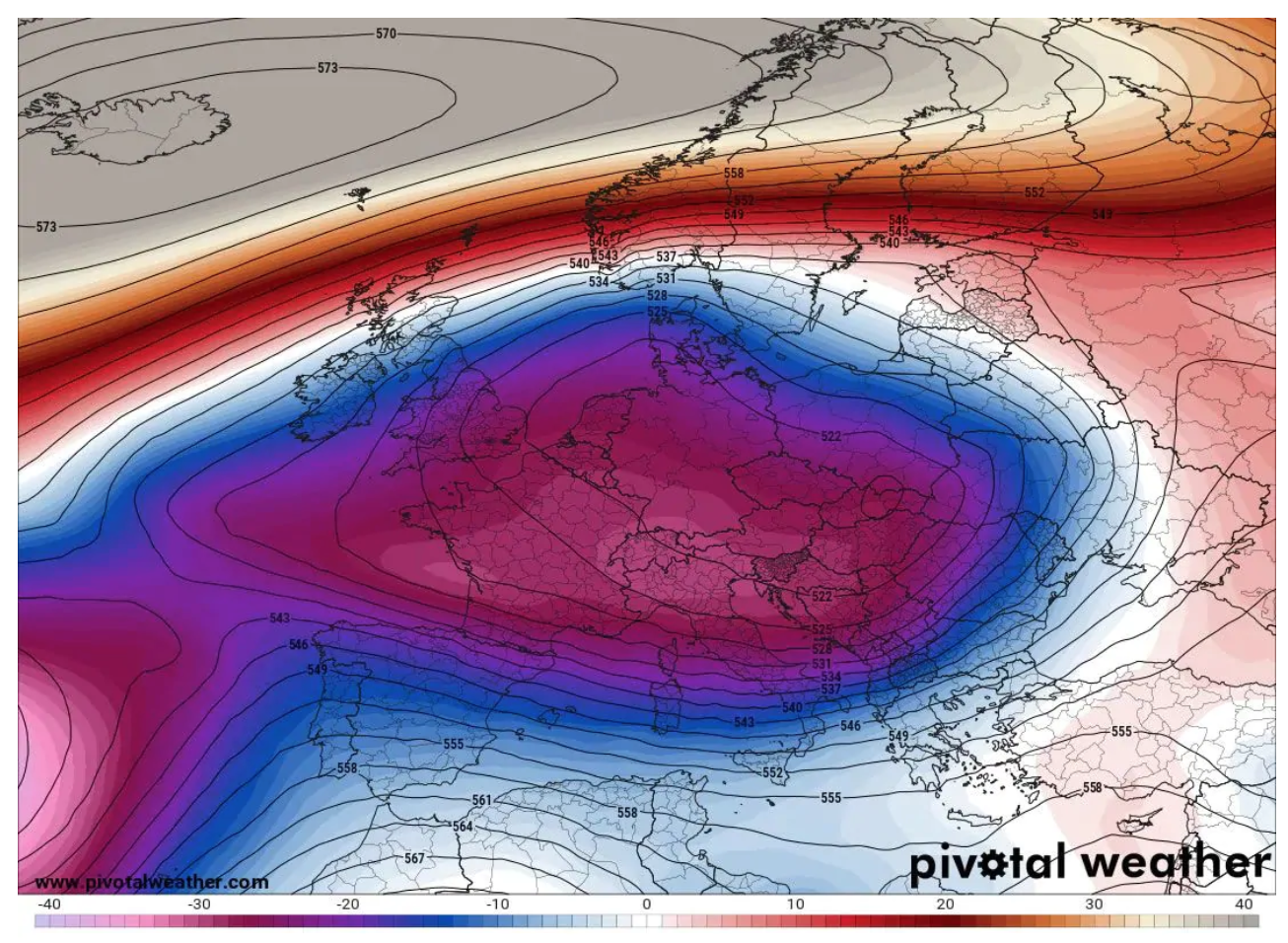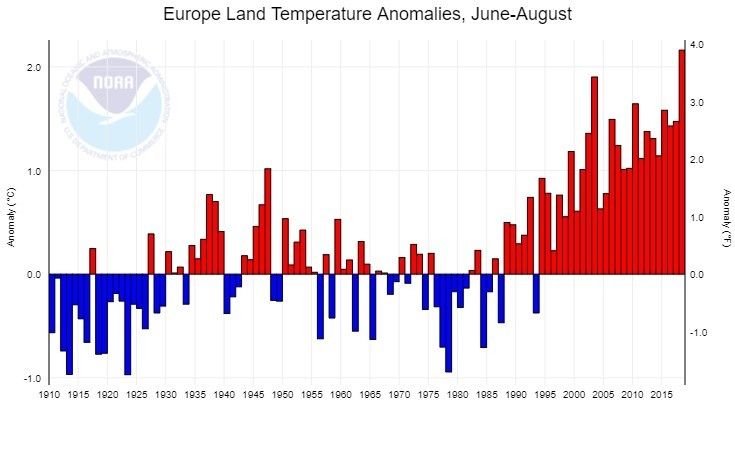Winter weather in the United Kingdom is known to be raw and bleak but, on Monday, the Sun shined in all its glory and temperatures surged to levels not seen before during the cold, dark season.
Temperatures in the community of Trawsgoed in Wales shot up to 69.1 degrees (20.6 Celsius), the warmest temperature ever recorded in the United Kingdom either in February or any winter month.
Such weather would be unusually warm even in July or August in this typically chilly location, just about 20 miles (32 kilometres) inland from the cool waters of the Irish Sea.
Two other locations in the United Kingdom exceeded 20 degrees Celsius (68 degrees) for the first time in recorded history during February and winter:
It's officially the UK's warmest winter day on record; three sites exceeded 20 Celsius today with 20.6 °C at Trawsgoed, Ceredigion the highest temperature ☀️🌡️ pic.twitter.com/eMCYDUdwW7
— Met Office (@metoffice) February 25, 2019
The previous highest February (and winter) temperature observed in the United Kingdom was 67.5 degrees (19.7 Celsius) set 13 February 1998, at Royal Observatory in Greenwich, London.
Following a mild weekend, the temperature in London's Hyde Park spiked to 66 degrees (19 Celsius) under a cloudless sky
Monday, while a weather station in northwest London exceeded 67 degrees (19.4 Celsius), which would be a February record for the city.
Brits lucky enough to be outside and not tied to a desk in an office were seen sunbathing, eating ice cream and swapping their winter clothes for T-shirts and sunglasses.
The unusual dose of warm weather had some Brits hanging out in their gardens for the first time in months, while others headed to their local pub for a pint in the afternoon sun.
Local parks were busier than usual — and one sun worshiper in south London was spotted in a bikini over the weekend.
For many, sun in the United Kingdom can only mean one thing: Get the barbecue going and the sausages sizzling.
"Absolute scenes tonight as the British public spend a Monday evening in February in a beer garden and decide to fire up the BBQ for their dinner," wrote one Twitter user.
Hyde Park. 19C and not a cloud in sight!☀️🌡 pic.twitter.com/ajE3o9K5ET
— Liam Dutton (@liamdutton) February 25, 2019
While many took to social media to celebrate the err, arrival of summer in February, others commented that the warm weather should not be a cause of celebration but for concern:
"It's 19C in London today, inching toward a new historical record for the UK in February. How disconcerting that a warm, sunny day can be at once pleasant and absolutely terrifying," wrote author Jason Hickel on Twitter.
Monday's historic temperature was reached during the continuation of a major, long-lived warm spell over western Europe. Etienne Kapikian, a meteorologist for Meteo France, described the responsible air mass as "exceptionnelle" in a tweet.
A massive ridge of high pressure or heat dome has sat over the region for almost a week.
 High pressure ridge of heat dome over western Europe, as simulated by American GFS model on Feb 25. (PivotalWeather.com)
High pressure ridge of heat dome over western Europe, as simulated by American GFS model on Feb 25. (PivotalWeather.com)
The balmy weather comes just four days after Scotland recorded its highest February temperature. Aboyne, Scotland, soared to 65 degrees (18.3 Celsius) on Feb. 21.
Record warm weather spread into other parts of Western Europe as well.
The main weather station in the Netherlands at De Bilt logged a high temperature of 64 degrees (17.8 Celsius), it warmest ever recorded in February. Kapikian tweeted that monthly warm weather records were also falling in northern France.
The warmth marks a stunning contrast from the weather exactly a year ago, when the United Kingdom and much of Europe shivered in a punishing Siberian cold blast dubbed the "beast from the east." It unleashed not only frigid air but also heavy snowfall.
 Pool of exceptionally cold air over Europe as simulated by the American GFS model for late February 2018. (PivotalWeather.com)
Pool of exceptionally cold air over Europe as simulated by the American GFS model for late February 2018. (PivotalWeather.com)
The weather pattern in place right now is the complete opposite.
But the "beast from the east" appears to be the exception rather than the norm in western Europe which, like the rest of the world, is experiencing swiftly rising temperatures.
The summer of 2018 was Europe's hottest on record, accentuated by a heat wave in July that brought the hottest weather ever observed in multiple locations in Norway, Finland and Sweden as well as Portugal, Glasgow, Scotland, Shannon, Ireland, Belfast, Castlederg, Northern Ireland; Amsterdam and Rotterdam in the Netherlands, Copenhagen, and Berlin.
 Time series of temperature difference from normal in Europe, 1901 to 2018. (NOAA)
Time series of temperature difference from normal in Europe, 1901 to 2018. (NOAA)
Mild weather is expected to linger in the United Kingdom and Western Europe until the second half of this week, when the more customary cool, damp weather returns to ring in March.
A change in the jet stream means a change in the weather later this week...😬 pic.twitter.com/Z6PAjjwkIq
— Met Office (@metoffice) February 25, 2019
2019 © The Washington Post
This article was originally published by The Washington Post.
